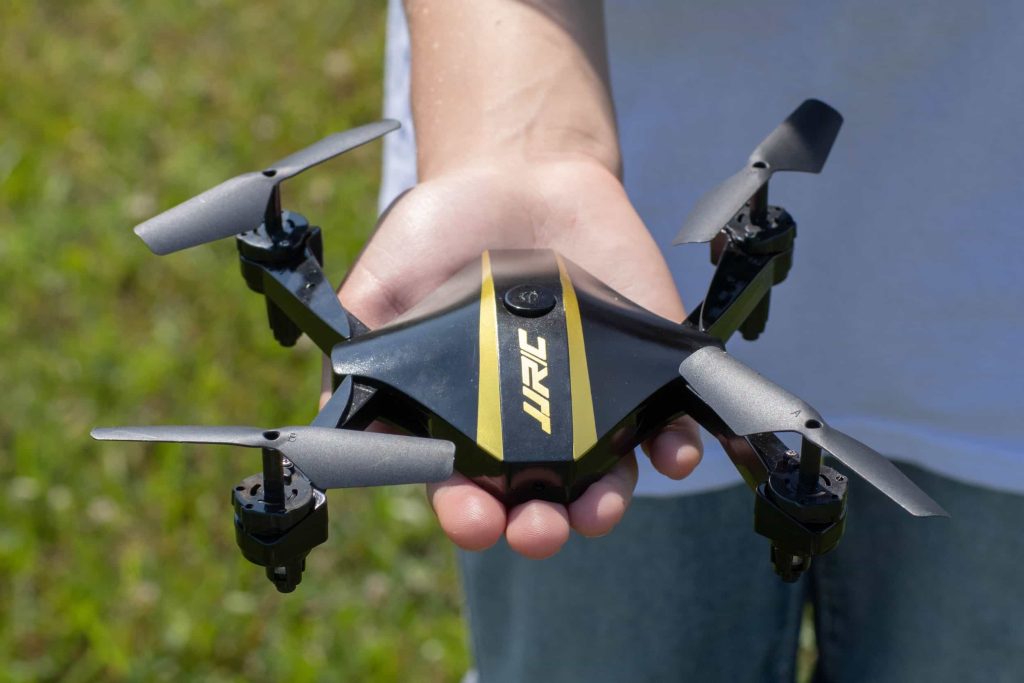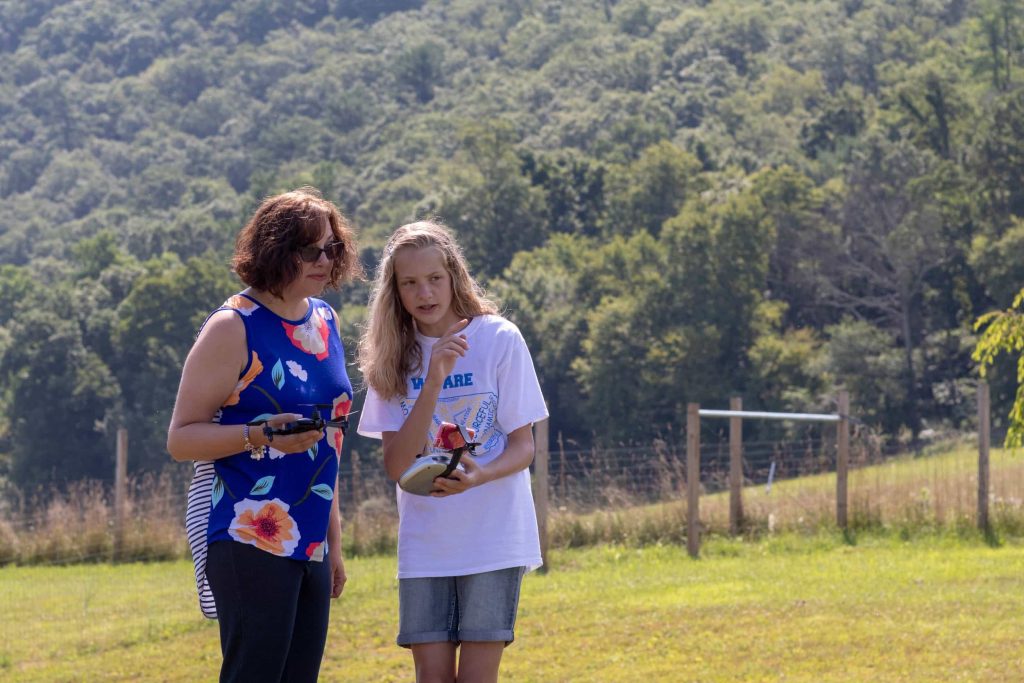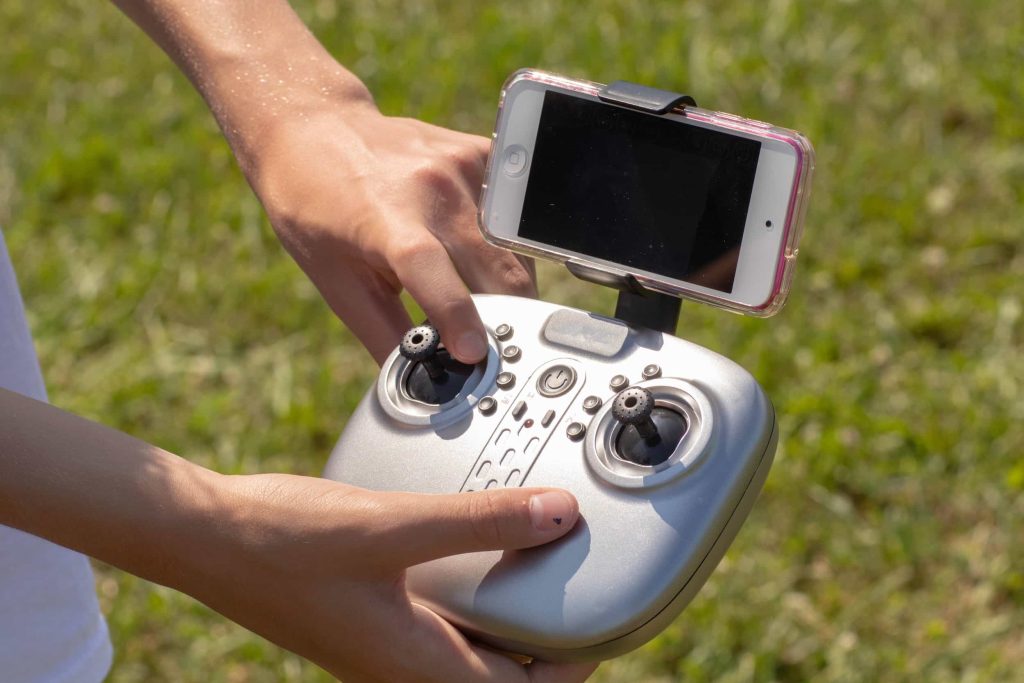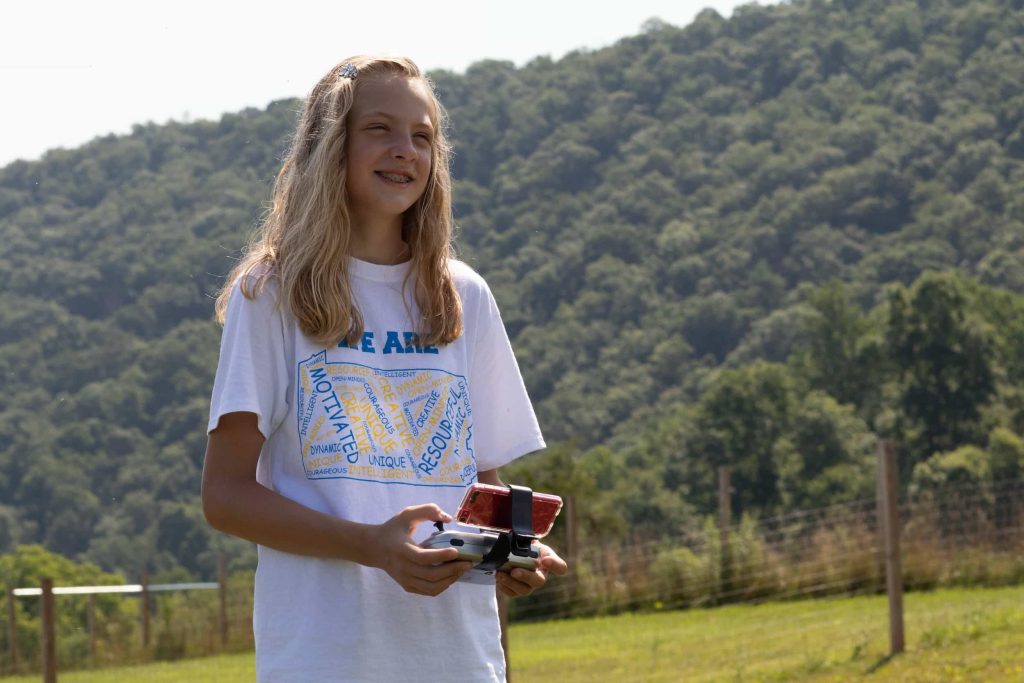2025-2026 School Year Enrollment Now Open. Click Here
2025-2026 School Year Enrollment Now Open. Click Here

New advances in technology offer educators many new avenues through which to demonstrate theoretical knowledge, as well as practical life skills, to students. Under the STEAM (Science, Technology, Engineering, the Arts, and Mathematics) approach to education, educators can equip their students with the knowledge and know-how needed to excel in our modern world. Studies have shown that the STEAM framework can allow students to develop critical thinking and analysis abilities, creativity, teamwork, initiative, digital literacy, confidence, and communication skills.
In addition, STEAM can help to prepare your students for the job landscape into which they will enter after leaving school. Over 50% of jobs with skill shortages are in technical fields, and employers greatly value digital literacy and communication skills. As one of the most innovative and dynamic products to emerge in recent years, drones will almost certainly play an important role in many of these industries. As such, incorporating drones into STEAM education can greatly benefit your students and their overall development.
Drones can come in a variety of different sizes, shapes, and materials, with a variety of different functions and abilities. Today, most drones — especially those that can be used in a classroom setting — are relatively small, motorized structures that can fly and are hand-operated via remote. While the exact specifics of different drones can vary, the following common components can be found in many of them:
Most common small drones, called quadcopters, are powered by four small motors that work together to lift the drone into the air. With this type of drone, two motors rotate clockwise, while the other two motors rotate counterclockwise. This can be used to demonstrate Newton’s Third Law to your students — as each motor counteracts the other, it provides lift and stability for the drone.
Similar to the motor function, most common drone types have two different propellers, each of which corresponds to the two different motor directions. The propellers work by pushing the air pressure down. This creates low pressure above the propellers and high pressure underneath. This difference in pressure creates lift for the drone to become airborne.
A gyroscope is located inside the drone. It is a small sensor that detects the drone’s positioning and ensures that it moves in the correct direction and speed.
Similar to most internet-connected devices today, drones incorporate GPS technology. The GPS allows the drone operator(s) to have reliable knowledge of where the drone is located at any given moment.
Most drones also have cameras integrated into their design. Teachers can use the drone camera to communicate the drone’s capabilities and airborne perspective to their students.
Keep in mind that, as aircraft, drones are regulated by the FAA. Failure to comply with drone regulations can result in criminal penalties. Drones must not fly higher than 400 feet into the air, and they must remain within eyesight of their operator(s). It is illegal to fly your drone over any kind of private property, and you must not use your drone to capture footage of private property. Government property and power stations are also no-fly zones, as are airports and heliports. Consult your local regulations for more drone-specific laws in your area.
Drones make great teaching tools for STEAM education, and they demonstrate theoretical principles in ways students will understand and remember. They can be used to explain:
Educators can use airborne drones to demonstrate many common physics lessons and concepts — including aerodynamics, gravity, laws of motion, and many others.
Depending on technical know-how and resources available, educators can also take apart drones in order to demonstrate the mechanics that power them. Students can learn about basic mechanical work and design principles, as well as how different parts work together to create a fully functioning drone.
Because drones are remotely operated, students can learn basic fine motor skills and hand-eye coordination from working with them. Operating a drone will help to build students’ comfort with these skills and highlight the importance of being able to focus on a remote task and execute it correctly.
As any educator knows, many students learn best from lessons that allow for hands-on learning and hands-on application of theoretical knowledge. By studying drones, examining their mechanics, and then operating them in the air, students can benefit greatly from the experience of seeing principles like lift, thrust, balance, and gravity at work.
Drones are not simply cool toys that can teach lessons in the classroom. They are also valued tools that work in a variety of different industries. Students will likely encounter drones in a number of different capacities once they enter the workforce. Common applications of drones in everyday life include, but are not limited to, the following:
Major corporations such as Amazon have already started to use drones to complete deliveries, especially same-day delivery services in large urban areas. Some hospitals and health care systems have also started to use drones to quickly transport medical supplies and other aid products to people in high-risk areas, such as those affected by wars and/or natural disasters.
In addition to transporting medicine and medical supplies, drones have also been used to transport defibrillators and other emergency health care devices to those in need. Some believe that, in the future, drones may even be used to transport high-priority items, such as organs for transplant.
Perhaps the most controversial use of drone technology is its application in the field of law enforcement. Proponents of drone surveillance argue that it is critical to assessing and monitoring both potential and actual criminal activity. Others feel that drone surveillance is a gross infringement on personal privacy and freedom. Regardless, it seems likely that law enforcement will use drones in some capacity moving into the future.
Construction workers and building inspectors greatly value drones’ abilities to travel in and out of building structures that are inaccessible to humans and/or may not be safe for humans to access. Drones are important to keeping these workers safe and ensuring the safety of the structures in which they work.
Many activists hope that drones will be used with increasing frequency in rural and/or disconnected communities throughout our world, especially areas that may lack easy access to food, water, internet and/or healthcare services. In this way, students can learn about how drones contribute to alleviating the struggles of certain communities of which they may not be previously aware.
Commonwealth Charter Academy (CCA) is proud to offer CCA students the opportunity to gain hands-on experience in several career areas, including drones, robotics, STEM, information technology, and computer programming. High school students enrolled in CCA can prepare for careers in these areas at our Students will develop skill sets for various careers in these sectors, including careers that utilize drones!
Contact us today to learn more about our TechWorks facility and our drone program.





2025-2026 School Year Enrollment Now Open. Click Here